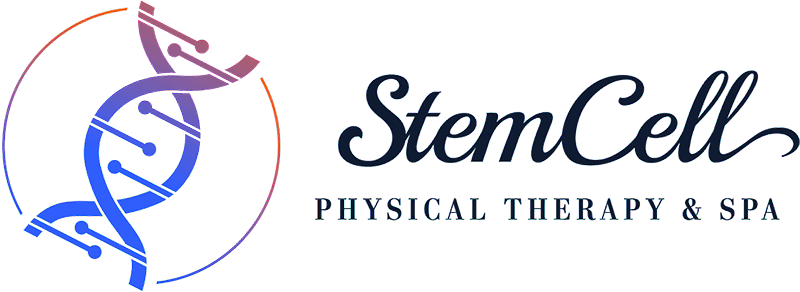Musculoskeletal Disorders and Soft Tissue Injuries

Musculoskeletal Disorders and Soft Tissue Injuries
At Stem Cell Physical Therapy & Spa, we specialize in treating musculoskeletal disorders using a combination of expert clinical knowledge and the latest adjunctive technologies. Our treatment philosophy centers on a collaborative approach, placing you at the heart of your recovery journey. We are deeply committed to enhancing your overall musculoskeletal health and building resilience to prevent future soft tissue injuries.
What Is a Musculoskeletal Disorder?
Musculoskeletal disorders (MSK) encompass more than 150 conditions affecting the nerves, tendons, muscles, and supporting structures like spinal discs. These conditions range from sudden acute injuries—such as fractures, sprains, and strains—to chronic or lifelong issues that may cause persistent functional limitations and disability.
When musculoskeletal imbalances occur, the body’s reparative processes can become overwhelmed, surpassing its ability to naturally heal. These imbalances often result in inflammation and other physiological symptoms of pain. The most common causes of musculoskeletal dysfunctions affecting the bones, joints, muscles, tendons, or ligaments include:
MSK disorders can result from repetitive strain injuries, accumulated microtrauma that escalates into acute conditions, or occupational disorders caused by work-related activities. They are often characterized by persistent pain, which limits mobility, dexterity, and overall physical function, significantly impacting a patient’s ability to work or maintain an active lifestyle.
- Repetitive strain or overuse injuries
- Poor posture or body mechanics
- Acute trauma, such as falls or accidents
- Chronic conditions like arthritis or degenerative diseases
- Weakness or imbalances in muscle groups
- Occupational hazards or physical stress from work-related activities
- Lack of flexibility or reduced joint mobility
Addressing these causes early is essential to prevent further damage and restore proper function.
Muscles rely on chemical energy derived from sugars, producing byproducts like hydrogen ions during contraction as adenosine triphosphate (ATP) is broken down. When blood flow slows during muscle contraction, toxins can accumulate, irritating the muscle fibers. The intensity of pain experienced depends on the length of the muscle contraction, the frequency of repetitive movements, and the body’s efficiency in flushing out these toxins.
Tendons consist of fibrous membranes that produce a lubricating fluid, facilitating smooth muscle and joint function. When the tendon, its surrounding muscle, or the bone is injured, the tendon sheath becomes inflamed, leading to pain. This is particularly common in athletes, where repetitive movements cause excessive friction, but it is also prevalent among individuals in physically demanding professions.
Nerves play a vital role in transmitting signals between the brain and the body, controlling functions like pain perception and temperature regulation. Repetitive movements in muscles, tendons, and ligaments can compress nerves, often causing the “pins and needles” sensation frequently associated with musculoskeletal injuries.
What Causes Musculoskeletal Disorders and Related Pain?
Musculoskeletal pain and swelling can vary in intensity, ranging from mild to severe, and can affect muscles, bones, ligaments, tendons, and nerves. This discomfort may be localized, targeting one specific area of the body, or more widespread, as seen in conditions like fibromyalgia.
While repetitive movements and physical stress are common contributors, musculoskeletal disorders often stem from cumulative risk factors and underlying conditions, such as:
- Osteoarthritis
- Rheumatoid Arthritis
- Osteoporosis
- Fractures
- Sarcopenia (age-related muscle loss)
- Spinal and Back Pain
These factors, whether due to aging, injury, or chronic disease, can lead to pain, reduced mobility, and overall dysfunction. Addressing the root causes is essential for effective treatment and long-term management.
